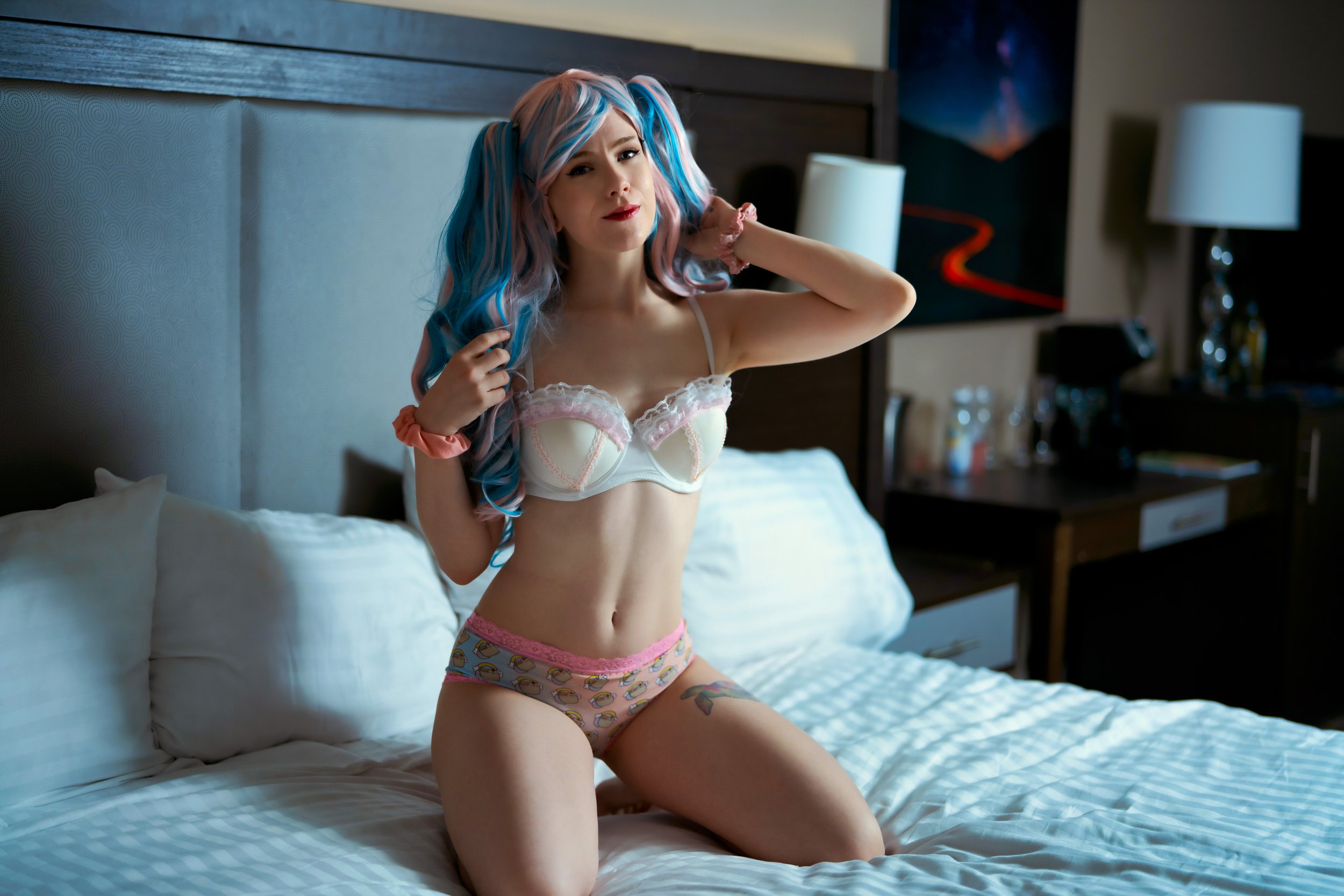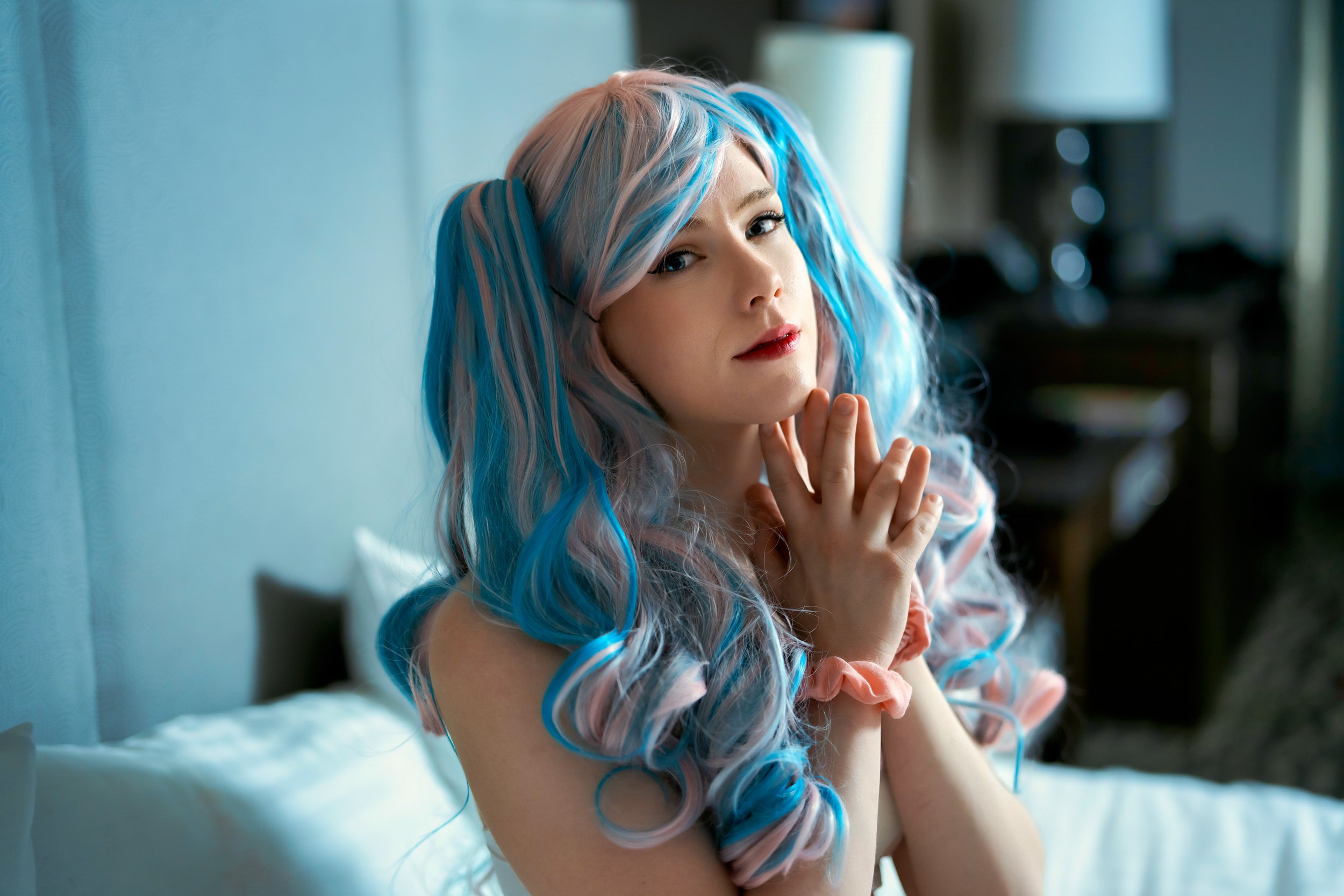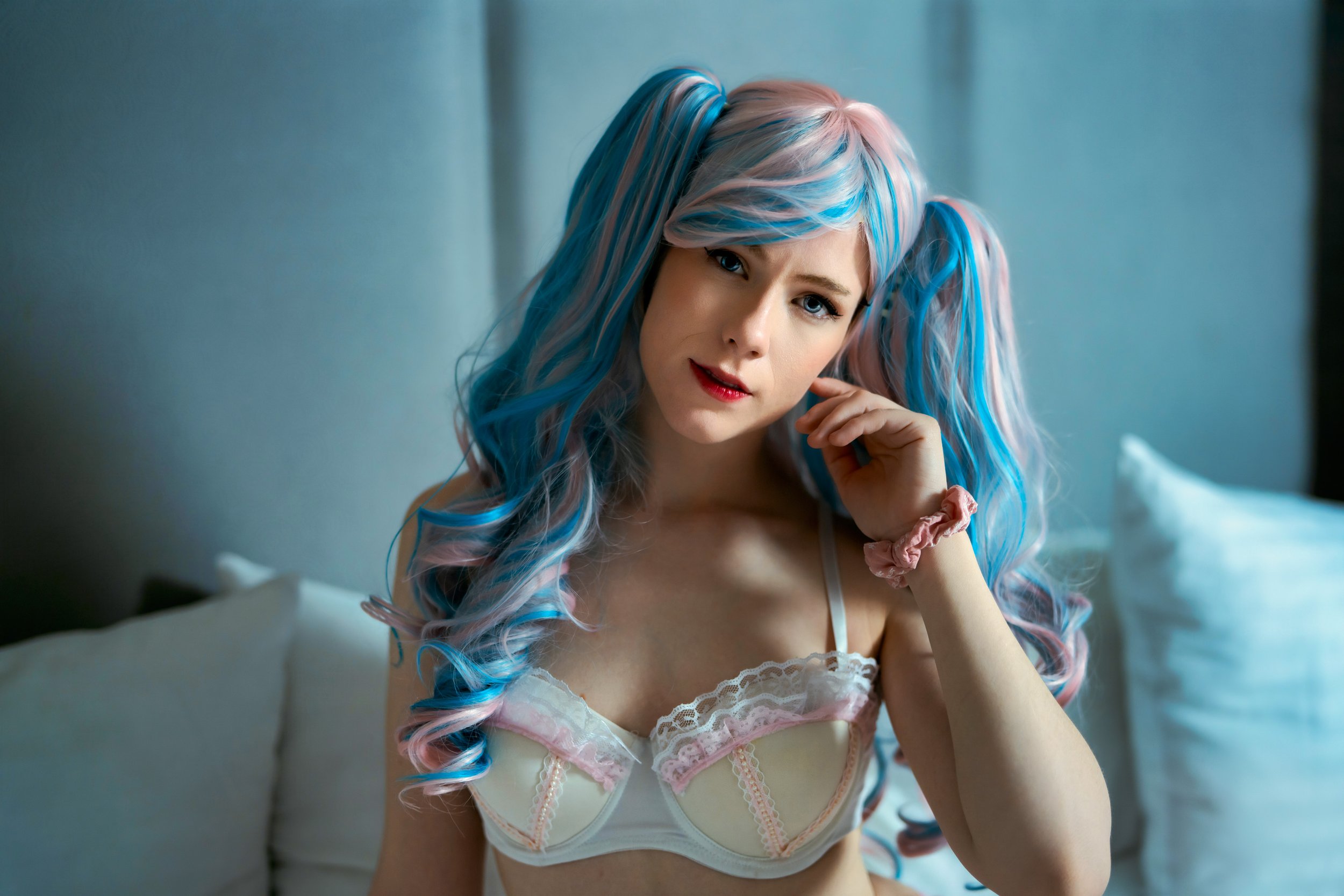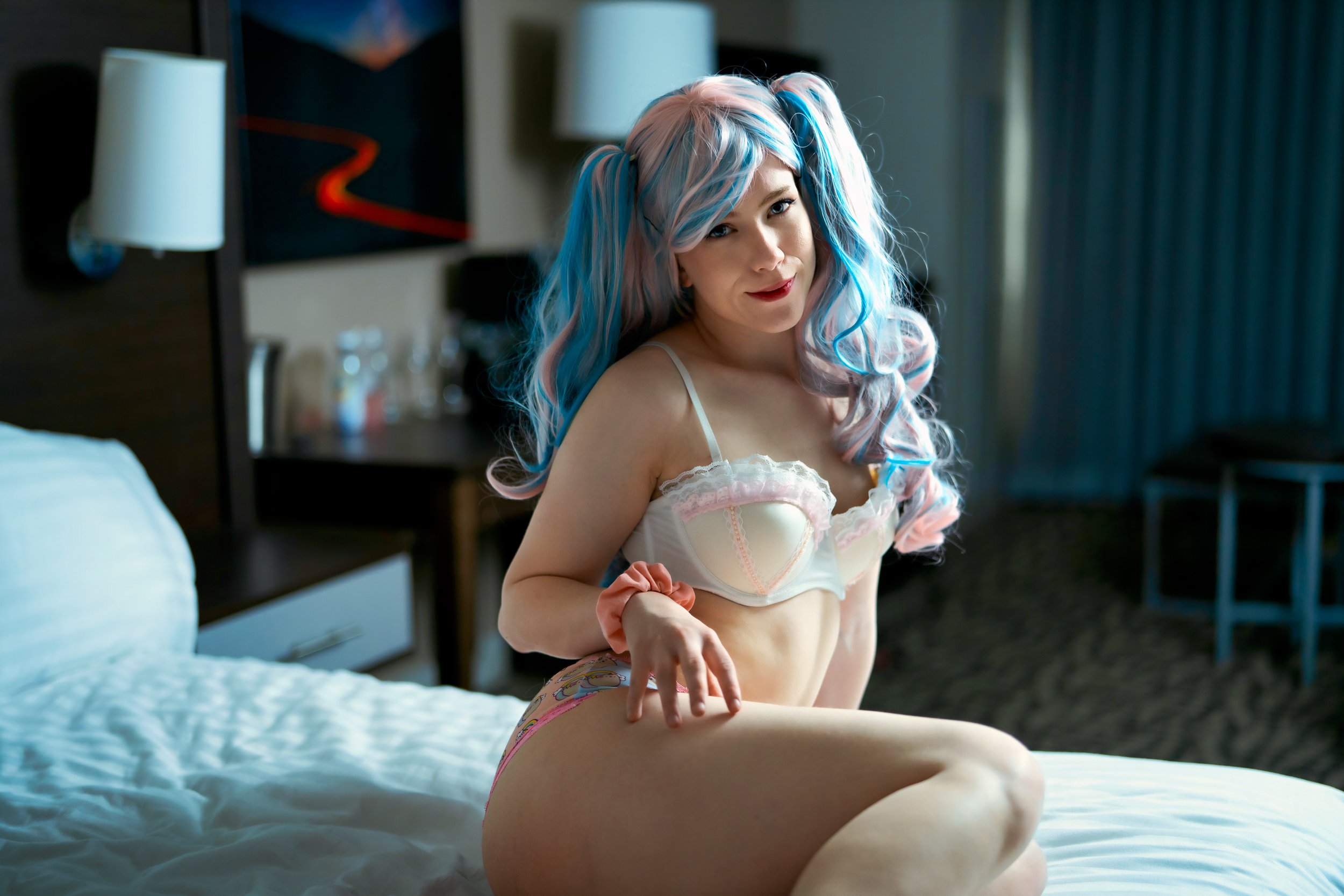Do You Need a New Camera? Debunking the Camera Myth
It's a common saying among professional photographers that the camera doesn't matter as much as skill and creativity when it comes to capturing amazing photos. While this sentiment holds some truth, it can be misleading, especially for new photographers who witness stunning images produced with high-end cameras and lenses. In this blog post, we'll delve deeper into the topic of camera selection and explore the reasons why upgrading your camera can enhance your photography experience.
One of the fundamental aspects to consider is that an amazing image can indeed be taken with various camera models when paired with suitable lenses. However, investing in newer camera models has its advantages, particularly when it comes to features like the monitor and autofocus.
Modern monitors offer exceptional visual clarity and functionality that allows photographers to preview their shots and adjust settings before capturing the image. With flip-out screens and touch-based controls, photographers can achieve better framing, focus, and composition. These advancements not only streamline the workflow but also enable faster and more reliable photo-taking.
Autofocus is another crucial aspect that has significantly improved in recent camera models. Advanced autofocus systems can intelligently recognize and track subjects, whether they are humans, animals, or even insects. They excel in challenging lighting conditions, enabling photographers to push creative boundaries, as demonstrated in my shoot with Winnie. The ability to work effectively in low-light environments and capture images with precision is a game-changer for achieving exceptional results.
While it's not necessary to upgrade every time a new camera model is released, having a reliable camera with advanced features can greatly enhance the photography experience. The ability to preview images and rely on accurate autofocus results in more efficient shooting sessions. This became apparent to me when I recently decided to re-edit photos from my previous shoot with Winnie using the Sony A7R4. As someone who prefers natural boudoir shoots with minimal use of flash, relying solely on ambient light can present challenges for autofocus. While flash can help lock the subject and provide ample light for autofocus, it compromises the natural shadows and curve-hugging light I aim to capture. During the editing process, I noticed that approximately 5-6 of the selected photos were slightly out of focus, which was a source of frustration. Although 6 photos out of 30 may not seem significant, it stood out to me because I've become accustomed to a higher level of precision with the Sony A7R5, where only 2-3 out of 60 photos tend to be out of focus. This comparison between older and newer photos highlighted the impact of autofocus capabilities on achieving desired results.
Although the photoshoot with Winnie was not without its challenges, using the Sony A7R4 brought noticeable improvements compared to my previous Nikon camera. However, I acknowledge that the Sony A7R5 offers even more advanced features. It's essential to understand that no camera is perfect, and slight imperfections can occur. To mitigate this, taking additional shots for "safety" or adjusting lighting conditions can help achieve optimal focus and reduce frustration during post-processing, especially with cameras that are either older or maybe just not ideal for the working conditions of your shoot.
While it's true that skill and creativity are vital in photography, investing in a camera that aligns with your primary objectives can greatly enhance your shooting experience. Balancing your budget with thorough research allows you to find the best camera for your specific needs. Remember, the camera is a tool that complements your skills, so choose wisely and enjoy the process of capturing breathtaking photos.




